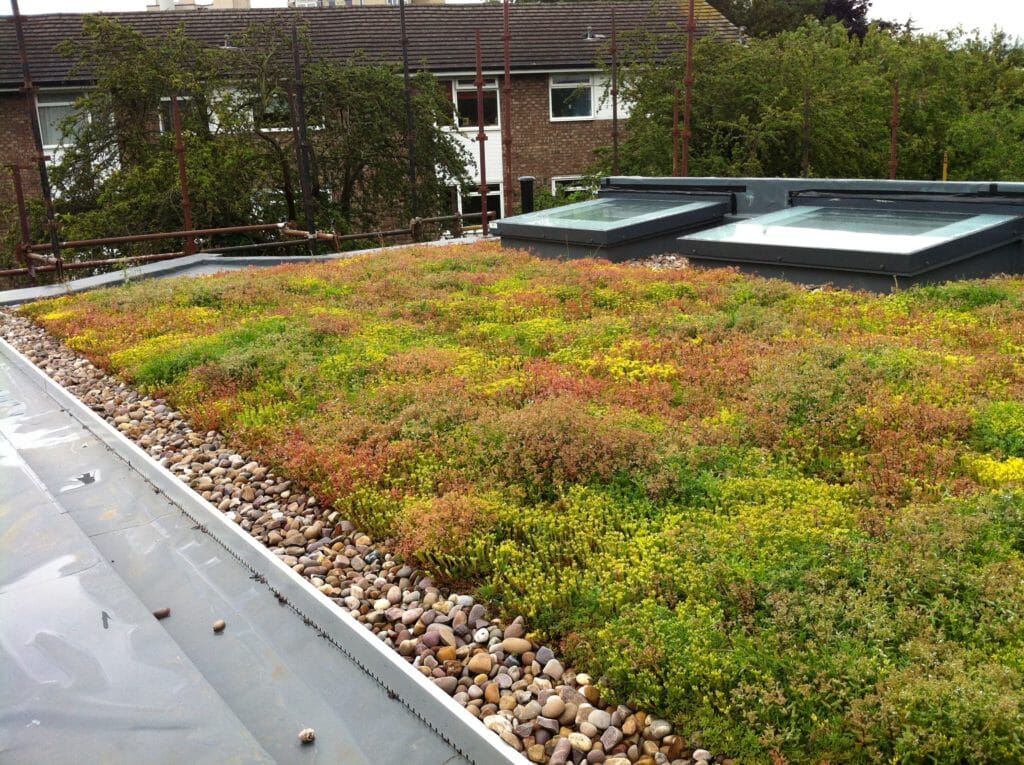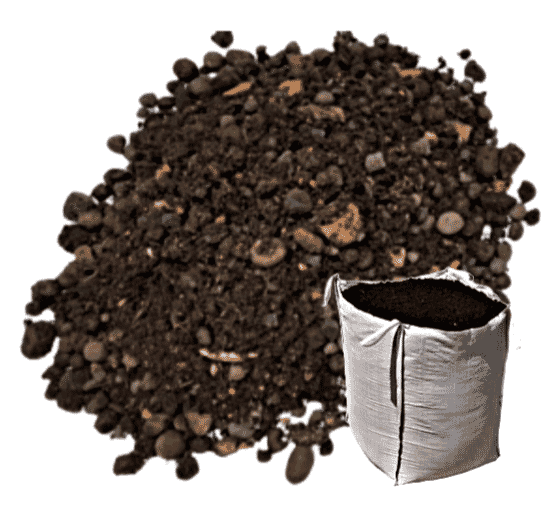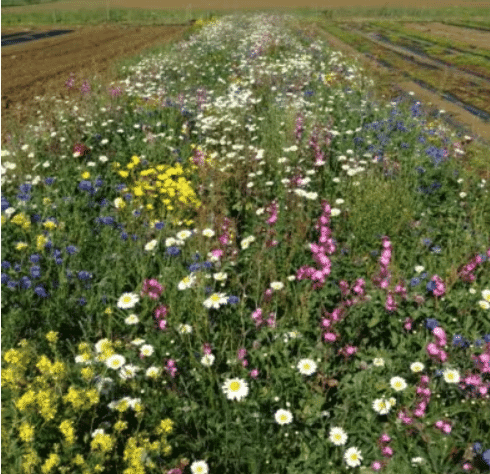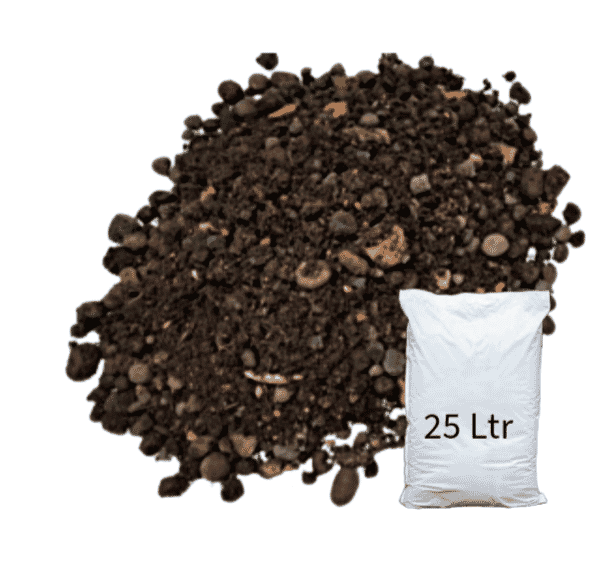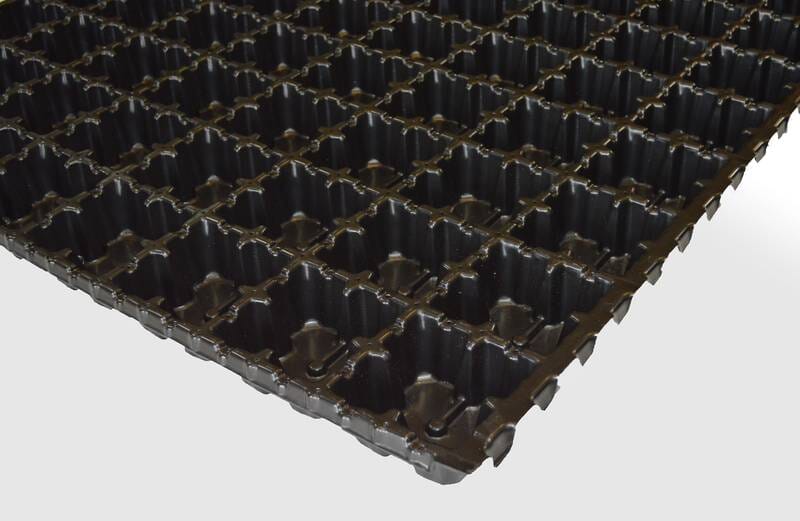CALCAREOUS SUBSTRATE IN BULK BAGS
SKY GARDEN CALACEROUS SUBSTRATE A free draining, low nutrient and moisture retentive growing medium made from organic compost, chalk and lightweight aggregate in line with the UK Green Roof Code of best practice. Testing conforms within the BS8616:2019 green roof substrate testing methods and was completed by STRI.
Read More£105
(Excl. VAT £21)
-
• A free draining substrate suitable for use on Extensive Roof Systems for chalk grassland species.
• Minimum recommended depth: 80-150 mm
• Free draining when saturated
• Allows root penetration
• Recycled content
• Organic material PAS100 certifieAll testing of Sky Garden Ltd Substrate was completed by Sports Turf Research Institute under the BS8616:2019
Specification for Performance Parameters and Test Methods for Green Roof Substrates. A specially blended mix of free
draining organic material with clean and screened aggregates, recycled from certifiable waste products from the building
industry to provide a low nutrient water retentive growing medium.Features and benefits
60%Recycled Materials
LightweightUK Green Roof Code of Best Practise
Free-drainingOrganic Material
Low NutrientBS8616 standards by STRI Groups.
Moisture retentiveGrowing Medium
-
Physical Properties Substrate Depth Recommend depth 80 – 150mm Physical Properties Bulk Density when oven dried 0.080g cm 3 (1080 kg/m3 Physical Properties Bulk Density at field capacity 1.1310 g cm 3 (1310 kg/m3 Physical Properties Field Capacity 23.7% v/v Technical Properties Organic matter (% weight) 2.5% Technical Properties pH 9.1 Technical Properties Electrical Conductivity (mS cm 1 2.29 mS cm 1 Technical Properties phosphate (mgl 1 248 mgl 1 Technical Properties Potassium (mg l 1 680 mgl 1 Technical Properties Total nitrogen (%) 0.77% -
-
All your materials arrive in one delivery from our UK farm and are simple to unload and install straight away.
Supplied in 1m3 Bulk Bag
-
-
Popular FAQs
-
Do I need planning permission?
Most green roofs can be installed with no planning permission, however some do require it. This depends on the location, type of building, height etc and should be consulted before installation. Green roofs are increasingly mandatory for new developments. Planning consent can stipulate that the area must blend into the surrounding landscape or mimic the water runoff of nearby Greenfield sites. Green roofs can allow constructors to overcome these terms.
-
Does a green roof need maintaining?
Yes. Green Roofs are 'Low-Maintenance' not 'No-Maintenance'. Green roof maintenance is generally a very simple process. They are designed so that they will not require endless hours spent on the roof in order to keep them looking at their best. Each type of green roof brings many different benefits to the occupants, the owners and the roof itself, so a little time maintaining the system is advantageous in the long run.
-
Will a green roof add weight to my roof?
Yes. Green roof systems tend to add around 100kg/m2 to a roof system depending on which system is chosen and the depth of the substrate. Most roof structures can tolerate this added weight but some may need to be reinforced. We cannot carry out structural surveys so it is worth having your roof checked by a structural engineer before installing your green roof.
-
Why use Sky Garden?
Sky Garden is the UK’s leading independent green roof installer and contractor. We source and grow all our products sustainably in the UK and have sales teams around the country that are happy to help with your green roof specifications and needs. Our experts in the field have developed drainage systems that can be used on any angle of slope and can even install living walls. Our award winning team can supply and install bespoke designs and have the experience of many large commercial and domestic projects. See our gallery for more information on past projects.
-
Why should I install a green roof and what are the benefits?
There are many benefits to installing a green roof. They reduce storm-water runoff to reduce the risk of flooding in drainage basins; they reduce energy use of heating and air-conditioning by insulating the roofs and keeping the building warmer in winter and cooler in summer; a roof’s lifespan is increased by reducing heat fluctuations and UV exposure which degrades roof membranes; they help to mitigate the effects of global warming; the urban heat island effect is lessened in large cities; air and water quality is improved; they act as noise insulation and can reduce noise transfer by 8 decibels; they increase biodiversity and reclaim land lost by development and urban sprawl; and of course, they look beautiful!
-
Do I need planning permission?



